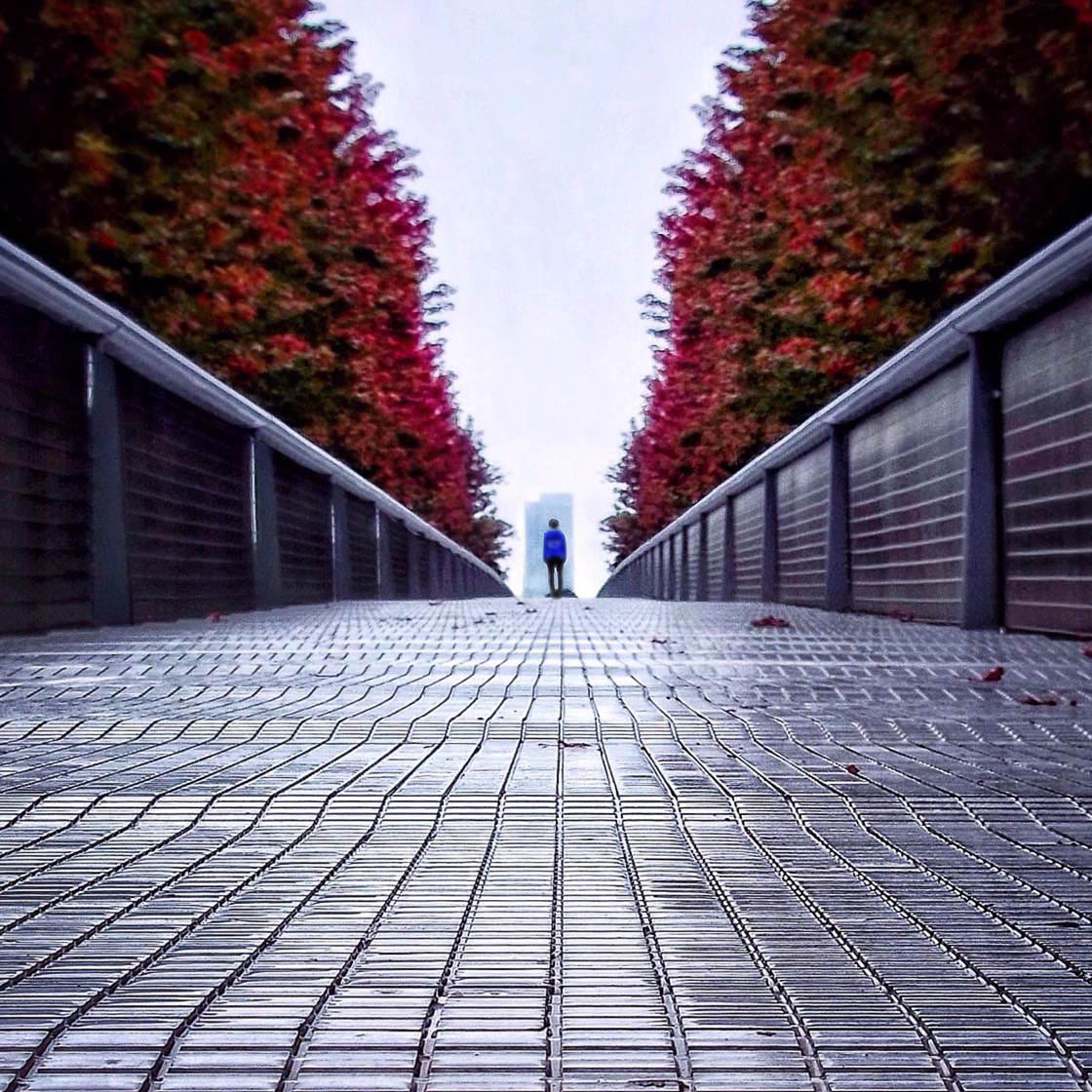Some Of Street Photographers
3 Simple Techniques For Street Photographers
Table of ContentsNot known Incorrect Statements About Street Photographers The Street Photographers PDFsThe smart Trick of Street Photographers That Nobody is DiscussingAll about Street PhotographersSee This Report on Street Photographers
Road digital photographers do not necessarily have a social function in mind, yet they prefer to separate and catch minutes which may or else go undetected.Though he was influenced by a lot of those who influenced the street photographers of the 1950s and '60s, he was not mainly thinking about catching the spirit of the street. The impulse to visually document people in public began with 19th-century painters such as Edgar Degas, douard Manet, and Henri de Toulouse-Lautrec, that functioned side by side with digital photographers attempting to record the significance of urban life.

Provided the great quality of his pictures and the breadth of material, engineers and artists commonly purchased Atget's prints to use as reference for their very own work, though commercial interests were rarely his main motivation. Instead, he was driven to photo every last residue of the Paris he loved.
The Only Guide for Street Photographers
They disclose the city via his eyes. His job and fundamental understanding of photography as an art kind served as ideas to generations of digital photographers that adhered to. The future generation of road professional photographers, though they likely did not describe themselves therefore, was introduced by the photojournalism of Hungarian-born digital photographer Andr Kertsz.
Unlike his peers, Brassa utilized a larger-format Voigtlnder camera with a much longer exposure time, requiring him to be much more calculated and thoughtful in his practice than he might have been if using a Leica. (It is believed that he may not have been able to manage a Leica at that time, but he did, nonetheless, utilize one in the late 1950s read to take colour photographs.) Brassa's pictures of the Paris underworld lit up by synthetic light were a revelation, and the compilation of the series that he published, (1933 ), was a significant success.
Cartier-Bresson was a champion of the Leica video camera and one of the very first photographers to maximize its abilities. The Leica allowed the photographer to communicate with the surroundings and to capture minutes as they happened - Street Photographers. Its fairly little dimension likewise helped the professional photographer fade into the background, which was Cartier-Bresson's preferred technique
Excitement About Street Photographers
It is due to this fundamental understanding of the art of image taking that he is often credited with finding the tool throughout again about a century since its development. He took photos for even more than a half century and influenced generations of digital photographers to trust their eye and intuition in the moment.
These are the inquiries I will attempt to respond to: And then I'll leave you with my very own definition of street digital photography. Yes, we do. Allow's kick off with specifying what a meaning is: According to it is: "The act of specifying, or of making something precise, distinctive, or clear".
No, absolutely important link not. The term is both restricting and misguiding. Seems like a road photography need to be pictures of a streets ideal?! And all street photographers, besides a small number of absolute beginners, will completely appreciate that a street is not the essential element to road photography, and really if it's a photo of a road with maybe a few dull individuals doing absolutely nothing of rate of interest, that's not road digital photography that's a picture of a street.
He makes a valid point don't you assume? However, while I agree with him I'm unsure "candid public photography" will capture on (although I do kind of like the term "honest photography") since "street photography" has actually been around for a long period of time, with several masters' names affixed to it, so I believe the term is here to remain.
Not known Details About Street Photographers
You can fire at the beach, at a celebration, in a street, in a park, in a piazza, in a cafe, Learn More Here at a museum or art gallery, in a city terminal, at an event, on a bridge, under a bridge ...
Yes, I'm afraid we scared no choice! Without policies we can not have a meaning, and without a definition we don't have a genre, and without a style we do not have anything to specify what we do, and so we are stuck in a "policies definition genre" loophole! - Street Photographers
Rumored Buzz on Street Photographers
